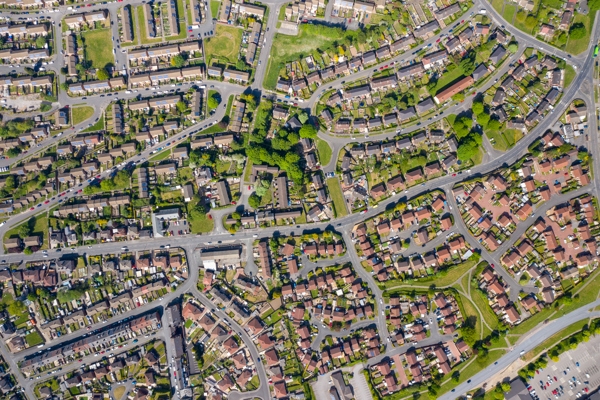Section 1 of the Planning (Listed Buildings and Conservation Areas) (Scotland) Act 1997 requires Historic Environment Scotland to compile and maintain lists of buildings of 'special architectural or historic interest'.
By inclusion on such a list, listed buildings enjoy significant protection in the planning system and listed building consent is required for any works which would affect the building's character.
Historic Environment Scotland keep the list under constant review and buildings are regularly added and removed. As of May 2020, there were approximately 47,000 listed buildings in Scotland.
In January 2021, following a request from residents of the buildings, Historic Environment Scotland listed eight Brutalist multi-storey blocks across five sites in Aberdeen in recognition of their architectural and historic interest. Historic Environment Scotland considered that the buildings were of outstanding architectural quality and illustrated the physical and social changes taking place in post-war Scotland.
The buildings were constructed between 1959 and 1978 and were inspired by the 1952 'Granite City: A Plan for Aberdeen' which included recommendations for high-density, multi-storey blocks in the immediate periphery of the city centre. These recommendations were in turn inspired by the influential Brutalist building, Le Corbusier's Unite d'Habitation, which was completed in 1952 in Marseille. The architect called this building "the radiant city" and it has accommodated a mix of uses since its completion including apartments, shopping streets, a hotel and a rooftop terrace.
Aberdeen City Council, as the owners of the multi-storey blocks, appealed against Historic Environment Scotland's decision to list the buildings.
As part of the appeals, Aberdeen City Council sought to raise a number of additional factors beyond the architectural and historic interest of the buildings including concerns that the listing placed a greater legislative burden on the properties which would have adverse implications for their future management. The reporters invited submissions from the parties on the relevance of these additional factors and a series of legal submissions were exchanged.
We prepared the legal submissions on behalf of Historic Environment Scotland in these appeals.
The Council essentially relied upon the wording of Regulation 18A of the Town and Country Planning (Appeals) (Scotland) Regulations 2013 which states that "the notice of appeal may include as the ground or one of the grounds of appeal a claim that the building is not of special architectural or historic interest and ought to be removed from the list compiled or approved under section 1 of the Listed Buildings Act."
The Council argued that the meaning of this regulation was not clear and that the wording "one of the grounds of appeal" indicated that other grounds beyond architectural or historic interest could be raised. In the circumstances, as the Act and Regulations are for the purposes of planning, the Council argued that the "usual planning considerations" were relevant factors to be taken into account in the appeal process.
Historic Environment Scotland argued in response that the Regulations require to be read alongside the 1997 Act and that, when read in this context, the implied reference to other grounds of appeal beyond the building itself not being of special architectural or historic interest is a reference to the other aspects of architectural and historic interest as set out at section 1(2)(a) and (b) of the 1997 Act which provides that:
"in considering whether to include a building in a list compiled or approved under this section, Historic Environment Scotland may take into account not only the building itself but also - (a) any respect in which its exterior contributes to the architectural or historic interest of any group of buildings of which it forms part, and (b) the desirability of preserving, on the ground of its architectural or historic interest, any feature of the building consisting of a man-made object or structure fixed to the building or forming part of the land and comprised within the curtilage of the building."
Historic Environment Scotland argued that the rules of statutory interpretation did not allow for the position being advanced by the Council and that, in any case, the regulation was clear and that the only factors relevant to the appeal process are architectural and historic interest.
The reporters agreed with Historic Environment Scotland's position on this question of statutory interpretation and concluded that the only relevant factors for consideration in the appeal process are the architectural and historic interest of the buildings.
The reporters also agreed with Historic Environment Scotland that this position was not incompatible with Convention rights, which was another legal issue in dispute between parties in the appeals.
The reporters ultimately decided that five of the eight buildings should be listed, subject to the removal of some of the interiors from the listing.
The reporters' decisions are available to read in full on the DPEA website under references BDA-011-2011 to 2015.


